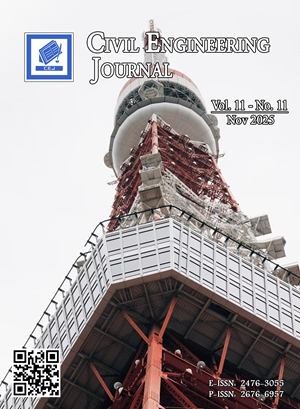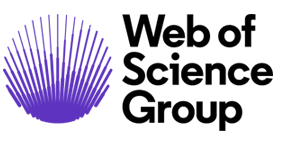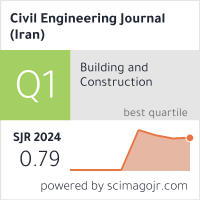Editorial Board Changes
From time to time, we make changes to the membership of the Journal's Editorial Board, with some long-serving existing members stepping down and new members joining us. The departure of existing members is always sad, but the following colleagues have agreed to step down from the Board in order to make room for new members.
As CEJ's Editors, we owe the following colleagues a huge thanks:
Prof. Evangelos J. Sapountzakis, Prof. Massimiliano Ferraioli, Prof. Mohammad Mehdi Rashidi, Prof. Dintie S. Mahamah and Dr. Srinivas Allena.
We welcome as new members the following:
Dr. Bao-Jie He, Prof. Viorel Ungureanu, Dr. Fabrizio Scozzese, Dr. Hua-Ping Wan, Dr. Katarzyna Pietrucha-Urbanik, Dr. Gino Dardanelli, and Dr. Ruoyang Wu.
Read more about Editorial Board Changes
-.png)















